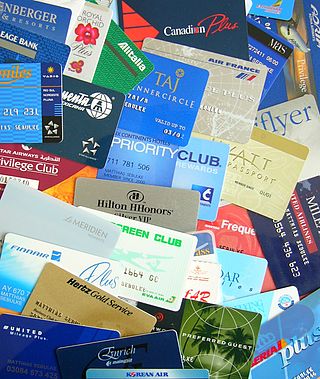
A loyalty program is a marketing strategy designed to encourage customers to continue to shop at or use the services of a business associated with the program. A loyalty program typically involves the operator of a particular program set up an account for a customer of a business associated with the scheme, and then issue to the customer a loyalty card which may be a plastic or paper card, visually similar to a credit card, that identifies the cardholder as a participant in the program. Cards may have a barcode or magstripe to more easily allow for scanning, although some are chip cards or proximity cards.
Seigniorage, also spelled seignorage or seigneurage, is the difference between the value of money and the cost to produce and distribute it. The term can be applied in two ways:

Canadian Tire Corporation, Limited is a Canadian retail company which operates in the automotive, hardware, sports, leisure and housewares sectors. Its Canadian operations include: Canadian Tire, Mark's, FGL Sports, PartSource, and the Canadian operations of Party City. Canadian Tire acquired the Norwegian clothing and textile company Helly Hansen from the Ontario Teachers' Pension Plan in 2018.
The money market is a component of the economy that provides short-term funds. The money market deals in short-term loans, generally for a period of a year or less.

A frequent-flyer programme (FFP) is a loyalty program offered by an airline.

Trading stamps are small paper stamps given to customers by merchants in loyalty programs that predate the modern loyalty card. Like the similarly-issued retailer coupons, these stamps only had a minimal cash value of a few mils individually, but when a customer accumulated a number of them, they could be exchanged with the trading stamp company for premiums, such as toys, personal items, housewares, furniture and appliances.

In marketing, a coupon is a ticket or document that can be redeemed for a financial discount or rebate when purchasing a product.

A scrip is any substitute for legal tender. It is often a form of credit. Scrips have been created and used for a variety of reasons, including exploitative payment of employees under truck systems; or for use in local commerce at times when regular currency was unavailable, for example in remote coal towns, military bases, ships on long voyages, or occupied countries in wartime. Besides company scrip, other forms of scrip include land scrip, vouchers, token coins such as subway tokens, IOUs, arcade tokens and tickets, and points on some credit cards.
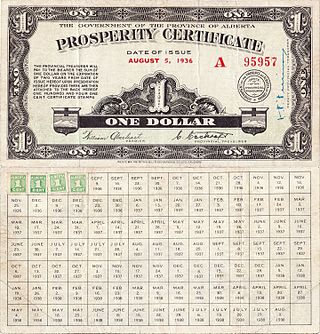
In 1936, the Alberta Social Credit Party-led government of the Province of Alberta, Canada, introduced prosperity certificates in an attempt to alleviate the effects of the Great Depression. Premier William Aberhart's government had won power in the 1935 provincial election partly on the scheme.
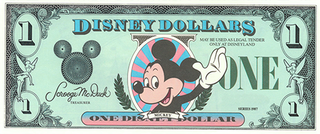
Disney Dollars is a form of corporate scrip previously sold by The Walt Disney Company and redeemable for goods or services at many Disney facilities.

Flybuys is an Australian customer loyalty program equally owned by the Coles Group and Wesfarmers through joint venture Loyalty Pacific. Members can accrue points by shopping at Coles Group brands, certain Wesfarmers brands, and some third-party partners like HCF Health Insurance, Coles Express and Optus. Points can then be redeemed for money off purchases at Coles Supermarkets, Coles Express, Liquorland, Kmart, Officeworks, Target and mycar, as well as holidays and household goods.
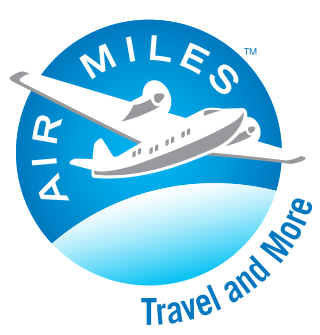
Air Miles is a group of loyalty programs operated by different companies in each region where the brand operates - the programs are available in Canada, the Netherlands, and the Middle East. Points are earned on purchases at participating merchants and can be redeemed against flights with specific airlines.

Canadian Tire Services Ltd. (CTSL), doing business as Canadian Tire Bank, is the financial services subsidiary of the Canadian Tire retail chain. The bank is based in Oakville, Ontario, and has additional business operations in St. Catharines and Welland, Ontario. Between 1968 and 2016, Canadian Tire Services Ltd. was known as Canadian Tire Financial Services Ltd..

PC Optimum is a single loyalty program operated by Canadian retail conglomerate Loblaw Companies; it was created through the merger of Loblaws' PC Plus and Shoppers Drug Mart's Shoppers Optimum programs.
A private currency is a currency issued by a private entity, be it an individual, a commercial business, a nonprofit or decentralized common enterprise. It is often contrasted with fiat currency issued by governments or central banks. In many countries, the issuance of private paper currencies and/or the minting of metal coins intended to be used as currency may even be a criminal act such as in the United States. Digital cryptocurrency is sometimes treated as an asset instead of a currency. Cryptocurrency is illegal as a currency in a few countries.
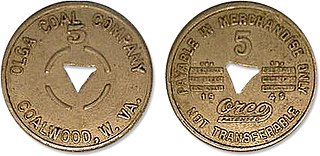
Company scrip is scrip issued by a company to pay its employees. It can only be exchanged in company stores owned by the employers. In the United Kingdom, such truck systems have long been formally outlawed under the Truck Acts. In the United States, payment in scrip became illegal in 1938 as part of the Fair Labor Standards Act.
Loyalty marketing is a marketing strategy in which a company focuses on growing and retaining existing customers through incentives. Branding, product marketing, and loyalty marketing all form part of the customer proposition – the subjective assessment by the customer of whether to purchase a brand or not based on the integrated combination of the value they receive from each of these marketing disciplines.

Japanese invasion money, officially known as Southern Development Bank Notes, was currency issued by the Japanese Military Authority, as a replacement for local currency after the conquest of colonies and other states in World War II.
Velocity is the frequent-flyer program of Virgin Australia Holdings.

Scene+ is a Canadian loyalty program established in 2007. It is owned by Scene LP, which is jointly owned by Galaxy Entertainment, a subsidiary of Cineplex Inc., Scotiabank, and Empire Company.















